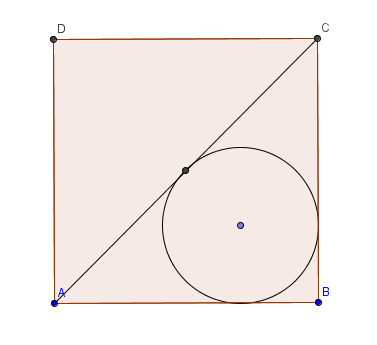- About MAA
- Membership
- MAA Publications
- Periodicals
- Blogs
- MAA Book Series
- MAA Press (an imprint of the AMS)
- MAA Notes
- MAA Reviews
- Mathematical Communication
- Information for Libraries
- Author Resources
- Advertise with MAA
- Meetings
- Competitions
- Programs
- Communities
- MAA Sections
- SIGMAA
- MAA Connect
- Students
- MAA Awards
- Awards Booklets
- Writing Awards
- Teaching Awards
- Service Awards
- Research Awards
- Lecture Awards
- Putnam Competition Individual and Team Winners
- D. E. Shaw Group AMC 8 Awards & Certificates
- Maryam Mirzakhani AMC 10 A Awards & Certificates
- Two Sigma AMC 10 B Awards & Certificates
- Jane Street AMC 12 A Awards & Certificates
- Akamai AMC 12 B Awards & Certificates
- High School Teachers
- News
You are here
Mathematical Curiosities: A Treasure Trove of Unexpected Entertainments

Publisher:
Prometheus Books
Publication Date:
2014
Number of Pages:
382
Format:
Paperback
Price:
19.95
ISBN:
9781616149314
Category:
General
[Reviewed by , on ]
Richard J. Wilders
09/23/2014
The announced goal of this interesting book is to foster a greater appreciation of mathematics among the “uninitiated general readership” through a wide variety of “mathematical curiosities.” The exposition is casual and inviting and the illustrations are of very high quality. That being said, I think the book’s main value is as a source of “curiosities” that teachers (at all levels) can use to spice up a lesson or challenge strong students. The wide variation in level between and within its chapters would make it a real challenge for the “general” reader. In addition, the examples, while interesting individually, don’t seem to cohere in any logical way. Despite the authors’ goal of avoiding contrived examples, many of them strike me as just that. Here are brief summaries of the five chapters.
Chapter one is entitled “Arithmetic Curiosities” and consists of a large number of facts (of varying importance) from arithmetic. Little or no connections are drawn amongst these facts — which is likely to cause the book’s stated audience to conclude that mathematics consists in seeking and compiling large lists of unrelated little tidbits. For example, the number 11 appears twice. We first learn that if a number is divisible by eleven then the number resulting from reversing the order of its digits is as well. No explanation is given. Later we learn that a number is divisible by 11 if the sum of the digits in the odd positions is equal to the sum of the digits in the even positions. The first of these facts follows directly from the second and both of them are due to our base ten number system. The authors don’t mention either of these things. There are lots of other interesting tidbits but they are not tied together at all.
Chapter Two presents several “geometric curiosities” including several nice examples of Japanese sangaku puzzles. An example appears below. The circle is tangent to the diagonal and both sides. The problem is to determine the radius of the circle in terms of the side of the square.

The mathematical sophistication of this chapter is much higher than in the first chapter. My favorite was a discussion of squaring the square — dissecting a square with integer sides into non-congruent smaller squares which also have integer sides. Unlike Chapter One, there are many complete proofs/solutions in this chapter.
Chapter Three consists of 90 problems of varying difficulty. They range from old standards to some very clever problems which I, at least, had not seen. Solutions are provided.
Chapter Four contains a very nice discussion of the three standard Pythagorean means and the various relationships among them. Among other things one learns that if one drives 40 miles per hour to a destination and then returns at 60 miles per hour then one’s average speed is not the arithmetic but rather the harmonic mean of these two numbers. This chapter could be the basis for a student project.
Chapter Five deals with fractions. Its highlight is the harmonic triangle — a variant of Pascal’s triangle in which every entry is a unit fraction and each entry is the sum of the entries below it:
1
1/2 1/2
1/3 1/6 1/3
Etc.
As with Pascal’s triangle, there are lots of interesting properties to be discovered.
To summarize, Mathematical Curiosities contains lots of interesting bits of mathematics and is well worth having around for interesting problems. It is not, however, likely to be successful with its target audience. Anyone sophisticated enough to read the latter chapters will find much of Chapter One trivial and/or contrived.
Richard Wilders is Marie and Bernice Gantzert Professor in the Liberal Arts and Sciences and Professor of Mathematics at North Central College. His primary areas of interest are the history and philosophy of mathematics and of science. He has been a member of the Illinois Section of the Mathematical Association of America for 30 years and is a recipient of its Distinguished Service Award. His email address is rjwilders@noctrl.edu.
The table of contents is not available.
- Log in to post comments




